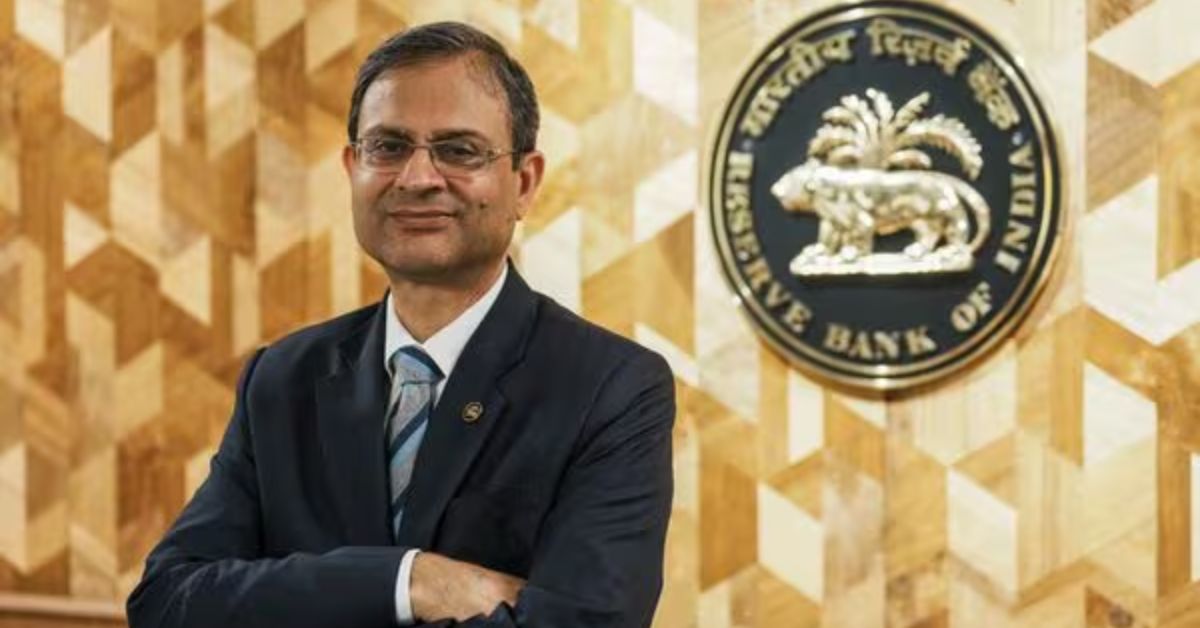In a move that underscores confidence in India’s economic trajectory, The Reserve Bank of India (RBI) has opted to maintain the repo rate at 5.5% during its October 2025 Monetary Policy Committee (MPC) meeting. This marks the second consecutive pause following a cumulative 100 basis point cut earlier this year. The decision reflects a nuanced balancing act: supporting domestic growth while remaining vigilant against global headwinds and inflationary risks.
A Dovish Pause with a Growth-First Lens
RBI Governor Sanjay Malhotra announced the policy stance with a tone that was notably dovish. The central bank revised its FY26 GDP growth forecast upward to 6.8%, from the earlier 6.5%, citing strong domestic demand, robust investment activity, and the positive impact of GST rationalisation. This optimism is further supported by Q1 FY26 growth of 7.8%, driven by private consumption and fixed investment.
Simultaneously, the RBI lowered its retail inflation forecast to 2.6%, down from 3.1%, reflecting easing food prices, healthy grain stocks, and the impact of tax reforms. With inflation appearing benign—July 2025 recorded the lowest level in eight years—the central bank sees room to support growth without risking price instability.
Real Estate and Consumer Sentiment: A Festive Boost
The RBI’s decision has been welcomed across sectors, particularly in real estate. With home loan EMIs remaining stable, consumer confidence is expected to rise during the festive season. Industry leaders note that while affordability may not improve immediately, the predictability of borrowing costs is a key enabler for both buyers and developers.
Residential sales in Q3 2025 fell 9% year-on-year across India’s top seven cities, yet the overall sales value rose 14%, indicating a shift toward premium and mid-segment homes. This suggests that stable interest rates and lower construction costs are creating a favorable environment for housing demand.
Banking Sector Resilience and Liquidity Comfort
India’s banking sector continues to show strength. Scheduled banks’ capital adequacy ratio stands at 17.5%, while gross non-performing assets (GNPA) have improved to 2.22% as of June 2025. Non-banking financial companies (NBFCs) also remain well-capitalised, with a CRAR of 25.7%.
Liquidity conditions have been in surplus, averaging ₹2.1 lakh crore daily since the last policy review. The RBI expects further easing in the coming months, which should support credit flow and investment. Additionally, the central bank introduced 22 regulatory measures, including the implementation of the Expected Credit Loss framework and Basel III norms from 2027, easing infrastructure financing norms for NBFCs, and promoting the internationalisation of the rupee.
External Risks and Currency Volatility
Despite the upbeat domestic outlook, the RBI remains cautious about external risks. The rupee has faced bouts of volatility, although foreign direct investment (FDI) inflows hit a 38-month high in July 2025, signaling investor confidence. However, foreign portfolio investors have pulled out nearly $3.9 billion so far in FY26, reflecting global risk aversion.
India’s forex reserves, standing at $700.2 billion, provide a robust buffer, covering more than 11 months of imports. Yet, the RBI is watchful of currency movements and the impact of US tariffs and global trade frictions, which could weigh on exports and external demand.
Looking Ahead: Will There Be a Final Cut?
While the RBI has paused for now, analysts believe the door remains open for a final 25 basis point rate cut in December 2025 or February 2026. The timing will depend on how effectively previous rate cuts transmit through the credit market and how growth responds to GST reforms and external pressures.
The central bank’s neutral stance signals flexibility. It’s a message that India’s monetary policy is not locked into a tightening or loosening cycle but is responsive to evolving macroeconomic conditions. With inflation under control and growth prospects brightening, the RBI appears poised to support expansion while safeguarding financial stability.
Conclusion: A Vote of Confidence in India’s Resilience
The RBI’s October 2025 policy pause is more than a technical decision—it’s a vote of confidence in India’s economic resilience. By holding rates steady, the central bank is signaling that the economy is on a firm footing, capable of weathering global uncertainties while capitalising on domestic strengths.
As India heads into the festive season and prepares for a new fiscal year, the policy environment remains conducive to growth. Whether through stable EMIs, robust banking metrics, or a supportive regulatory framework, the RBI’s stance reflects a careful calibration of risk and opportunity—one that could define India’s economic narrative in the months ahead.
